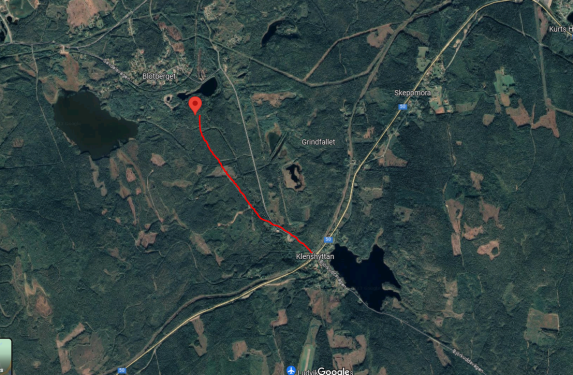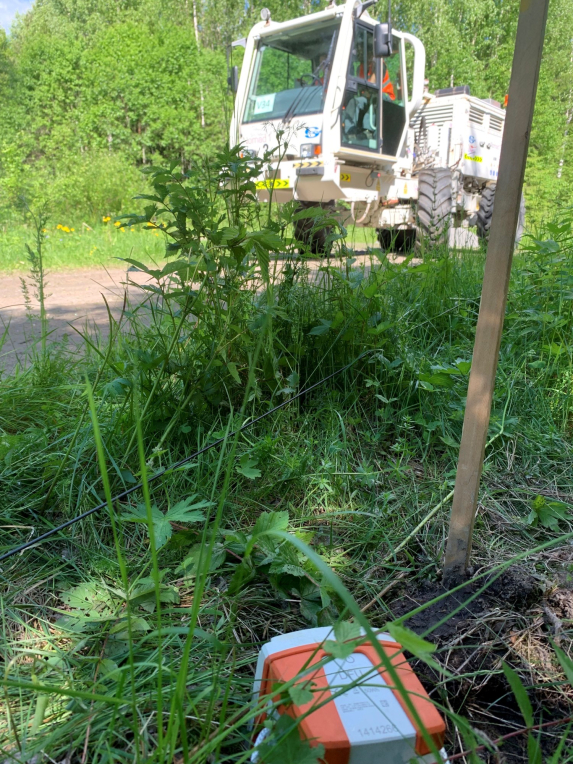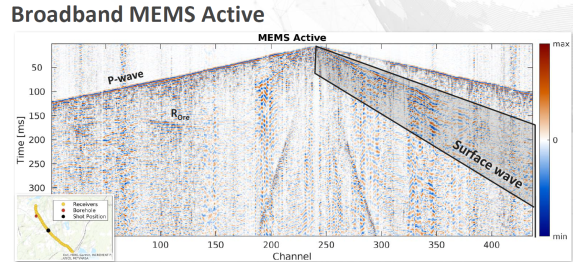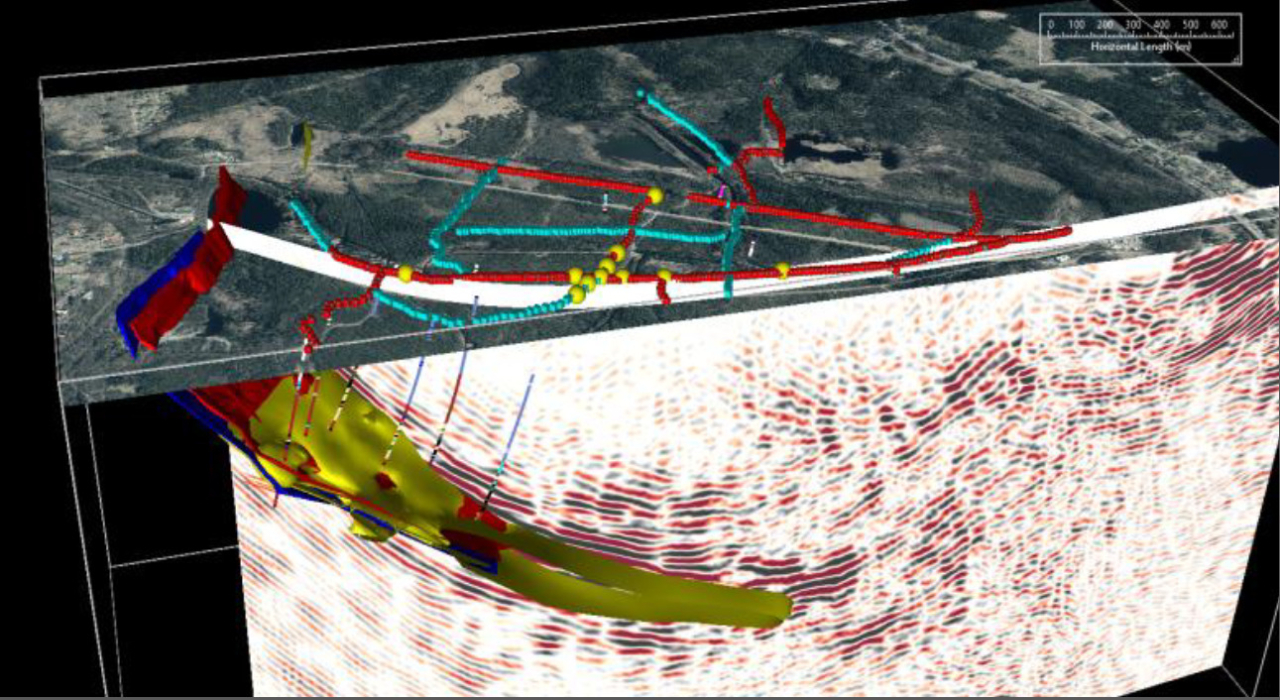REQUEST :
The University of Uppsala in Sweden has undertaken a comparative experimental seismic study of a technical solution for subsoil imaging.
The experiment was conducted at the site of the Ludvika iron oxide mine.

SOLUTIONS

Comparison of different recording arrays
- Broadband MEMS sensors (492 pieces spacing : 5 m on a total of 2400 m length)
- 3C geophones (150 pieces spacing : 10 m on a total of 1500 m length)
- DAS, Straight fiber (Spatial sampling : 10 m on a total of 2100 m length)
- Borehole DAS-HWC (Helically wound cable ) (Spatial sampling : 2 m depth, MD : 460 m)
Comparison of different approaches
- Synthetic
- 3D 3C FD modeling
- Active
- 2 200 Hz linear sweep
- Passive - in total 5 days of recording
CONCLUSION
- Our results agree with the synthetic model
- Similar response of the arrays :
- Synthetic
- Active Broadband MEMS
- Active DAS
- Passive Broadband MEMS
- Passive data performs well after only 8 hours of nighttime recording
- Surface DAS may yield satisfactory results for surface wave analysis
- Borehole HWC DAS gives promising results for subsurface characterization and mineral exploration
- This study is supported by the FUTURE project, Fiber Optic Sensing and UAV Platform techniques for Innovative Mineral Exploration.
- FUTURE has received funding from ERA MIN3 ,Raw Materials for the Sustainable Development and the Circular Economy.
- We thank Nordic Iron Ore AB for their collaboration in the project.

